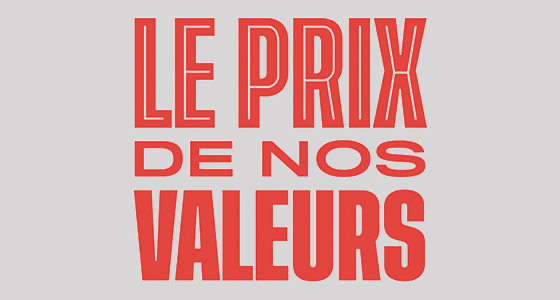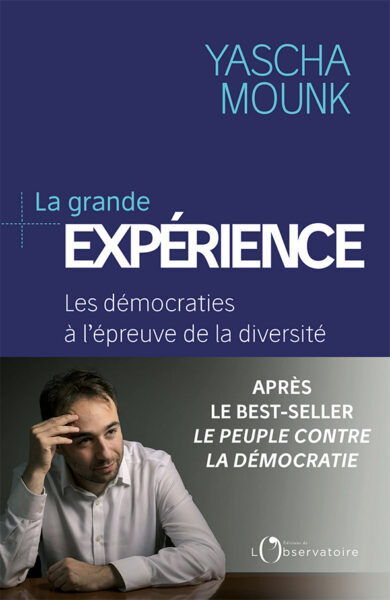The need to believe has not disappeared, perhaps quite the opposite, but it is related less and less to the creeds of established religions.
Danièle Hervieu-Léger argues that we are witnessing a combination, on the one hand, of belief becoming more individualized and subjective and, on the other, of organized systems of religious belief being “deregulated”. Each individual therefore expects to do things his own way, to put together his own version of the truth by drawing on an ever-expanding supply of symbols, albeit not without its constraints, but nevertheless freeing himself from family background and from the specific context in which these symbols were created.
Curiously, however, the more that belief becomes a matter for the individual, the more homogeneous it becomes. The writer indeed argues that, as people abandon the major belief systems of the past and develop their own little belief systems “reduced to affects”, there is an increasing standardization of spiritual products, as the extreme personalization of beliefs ultimately generates only marginal differences.
Furthermore, Danièle Hervieu-Léger adds, the more belief is homogeneous, the more mobile the believers become. They move around, “borrowing from the range of available materials and knitting them together as they go along into their own mass of meanings”, as well as making the most of the enormous growth of communications which now allows easy access to the most disparate sources of beliefs.
Yet, paradoxically, the more beliefs become homogeneous and believers move around, and the wider the gulf between their beliefs and their group membership, the greater their need to belong to a community. “The collapse of the major institutionalized systems of truth leaves individuals somewhat bewildered.” Because they no longer have the “minimum degree of certainty” that they need, they are at risk of taking refuge in the future in new closed systems of thought.
Quelques paradoxes de la modernité religieuse. Crise de l'universel, planétarisation culturelle et renforcements communautaires
Cet article fait partie de la revue Futuribles n° 260, jan. 2001


